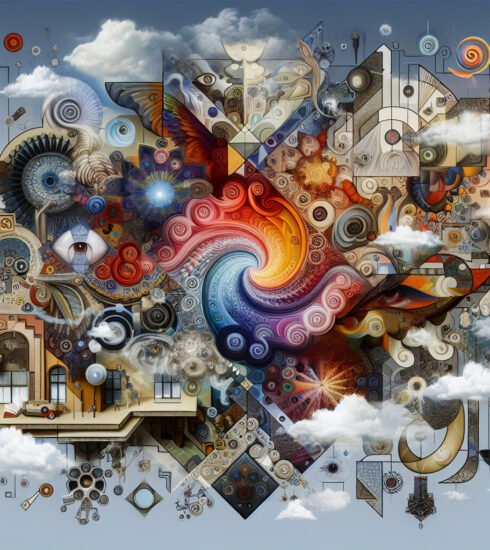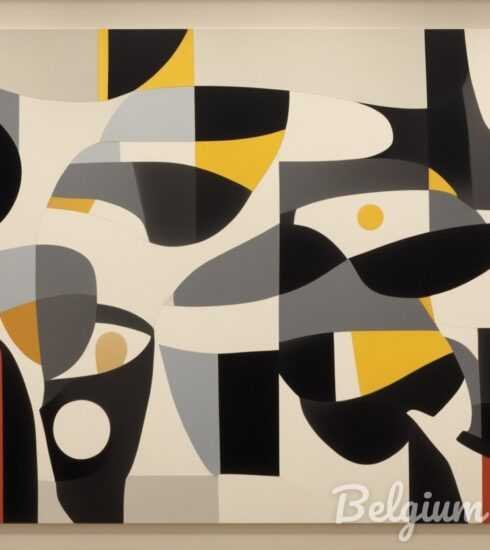Discover Belgium Art Secrets: Unveiling Europes Hidden Masterpieces
Introduction to Belgium’s Artistic Tapestry
Belgium, a small European nation, holds an extraordinary tapestry of art and culture that transcends its geographical size. Known for its rich history and vibrant artistic scenes, Belgium’s artistic treasures reach beyond the immediately visible and probe the unseen narratives that often go unnoticed. The country’s illustrious artistic legacy is interwoven with political, social, and cultural influences that span centuries.
From its medieval tapestries and Baroque masterpieces to its surrealist innovations and comic artistry, Belgium’s contributions to global art are both rich and varied. Exploring these unseen narratives gives us a deeper understanding of the contexts that shape these artistic phenomena. This journey unveils the hidden layers of Belgium’s cultural identity, offering insights that are as fascinating as they are enlightening.
Delving Into the Medieval Mysteries: Tapestries and Manuscripts
The medieval period in Belgium was marked by a flourishing of artistic production, particularly in the realm of tapestries and illuminated manuscripts. These artworks not only served a decorative purpose but also communicated power, education, and religious devotion. Behind each thread in a tapestry or stroke in a manuscript lies an untold story, shaped by the socio-political climate of the time.
The Gothic Tapestries from Brussels and Flanders, some of which are displayed in prestigious museums across the globe, depict biblical scenes and important historical events. Their creation involved a meticulous process, from designing intricate patterns to the actual weaving – a craft often undertaken by guild artisans who devoted their lives to their craft. These tapestries were more than mere wall hangings; they symbolized the wealth and status of their owners.
Illuminated Manuscripts: Windows to a Forgotten Era
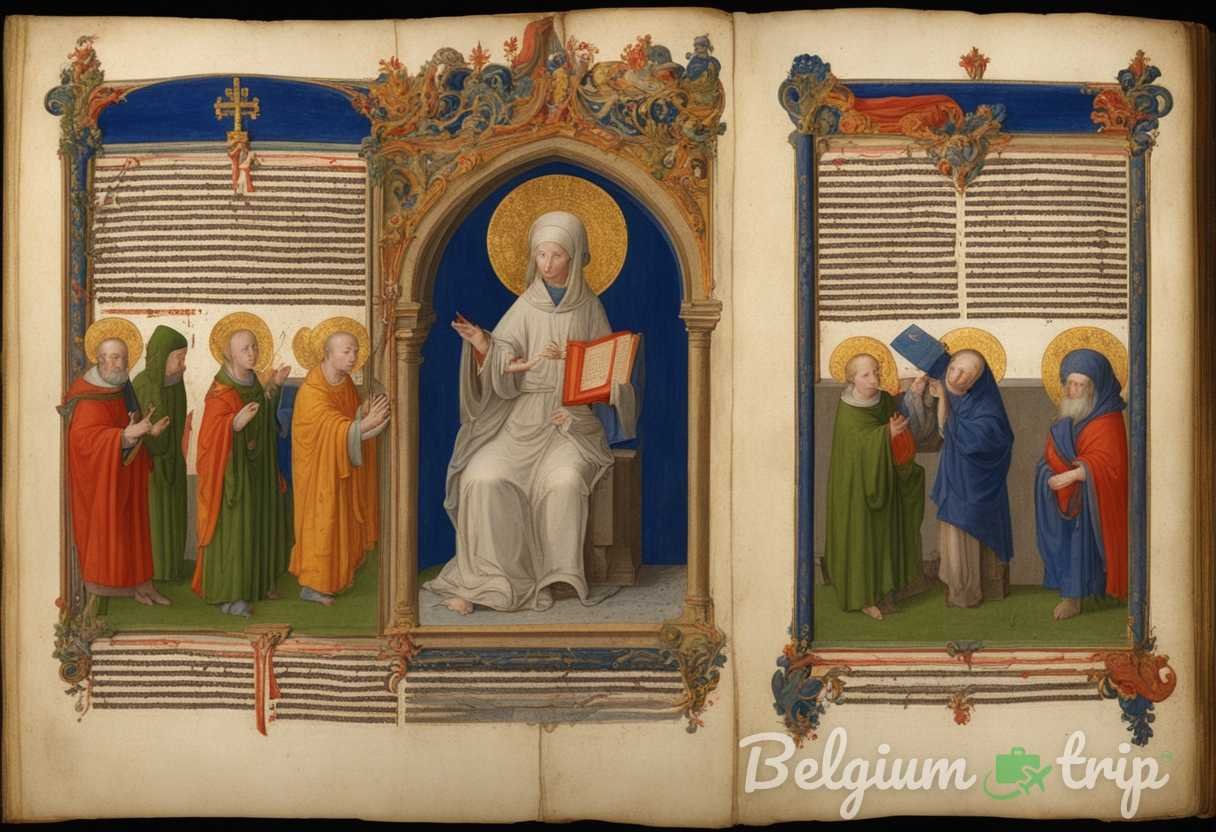
Equally enchanting are the illuminated manuscripts, painstakingly crafted by monks and scribes in abbeys such as the Saint Bavo’s Abbey in Ghent. These manuscripts, often adorned with gilded illustrations and calligraphy, documented religious texts and secular subjects, diligently passed down through generations. Each page tells a story not only through words but also through the vibrant artistry that brings them to life.
The Golden Age of Baroque: Brussels and Antwerp
The Baroque period heralded a new age of artistic expression in Belgium, particularly within the urban centers of Brussels and Antwerp. This era, spanning from the late 16th to the early 18th centuries, witnessed the emergence of larger-than-life artistic personas whose works continue to captivate audiences worldwide.
One cannot discuss the Baroque period without mentioning Peter Paul Rubens. Known for his grandiose and dynamic compositions, Rubens was a prolific figure who injected the Flemish Baroque movement with vitality. His workshop, a bustling hub of creativity, produced artworks that communicated religious fervor and human emotion with unparalleled intensity.
Inside Rubens’ Workshop: Secrets and Collaborations
Rubens’ paintings are not just the result of a solitary genius; they are products of a network of artists and apprentices. His workshop functioned as a collaborative space where ideas flowed freely, and each participant contributed to a larger artistic vision. This collaborative nature is an unseen narrative that highlights the communal aspect of artistic production during this epoch.
The Surrealist Movement: Unexpected Twists
As the 20th century unfolded, Belgium became a fertile ground for the Surrealist movement, a radical departure from traditional artistic conventions. This genre boldly challenged perceptions of reality, mingling the bizarre with the familiar in ways that both intrigued and bewildered audiences.
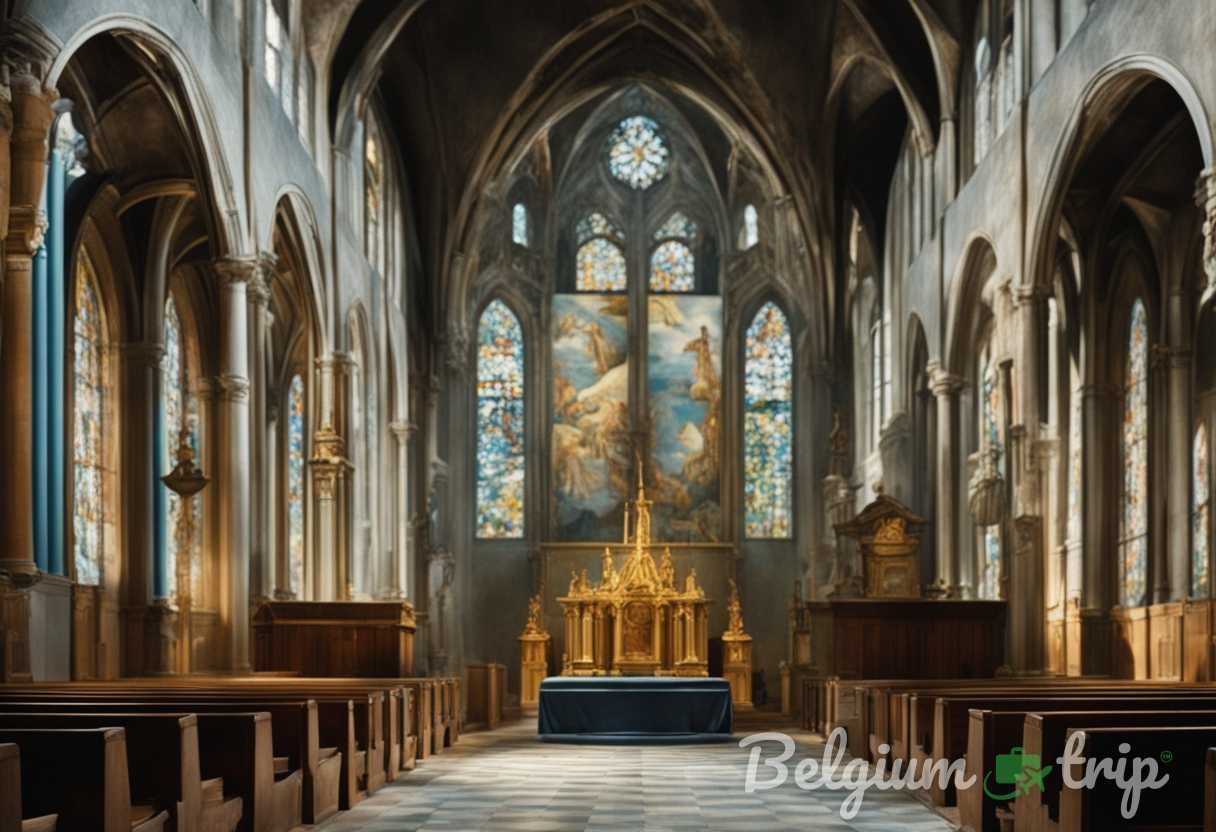
The Surrealist chapel artworks scattered throughout Belgium offer a unique glimpse into the surrealist ethos. These lesser-known artistic havens juxtapose religious sanctity with surrealist whimsy, creating an otherworldly experience for visitors. For more on this fascinating intersection of spirituality and surrealism, visit the article available at Belgium trip.
Rene Magritte: Beyond the Canvas
No discussion of Belgian surrealism is complete without mentioning Rene Magritte. His work, characterized by enigmatic symbolism and witty imagery, urges viewers to question their perceptions of reality. Magritte’s paintings, including the iconic “The Son of Man,” blur the line between the visible and the invisible, guiding us into a world where logic is upended.
Comic Strip Art: Belgium’s Unseen Graphic Novel Legacy
Belgium’s artistic narrative expands into the realm of comic strip art, a unique genre that has blossomed into a vibrant emblem of the country’s cultural identity. Known as “the ninth art,” Belgian comics have captivated audiences for generations with their storytelling prowess and artistry.
Many might associate Belgian comics with the beloved “The Adventures of Tintin,” created by Hergé. This series, with its compelling plots and intricate illustrations, has captured the imaginations of readers around the world. However, beneath the global sensation lies a rich tradition of graphic novels that explore ranging themes from fantasy to social commentary.
The Booming Comic Book Industry: A Look Inside
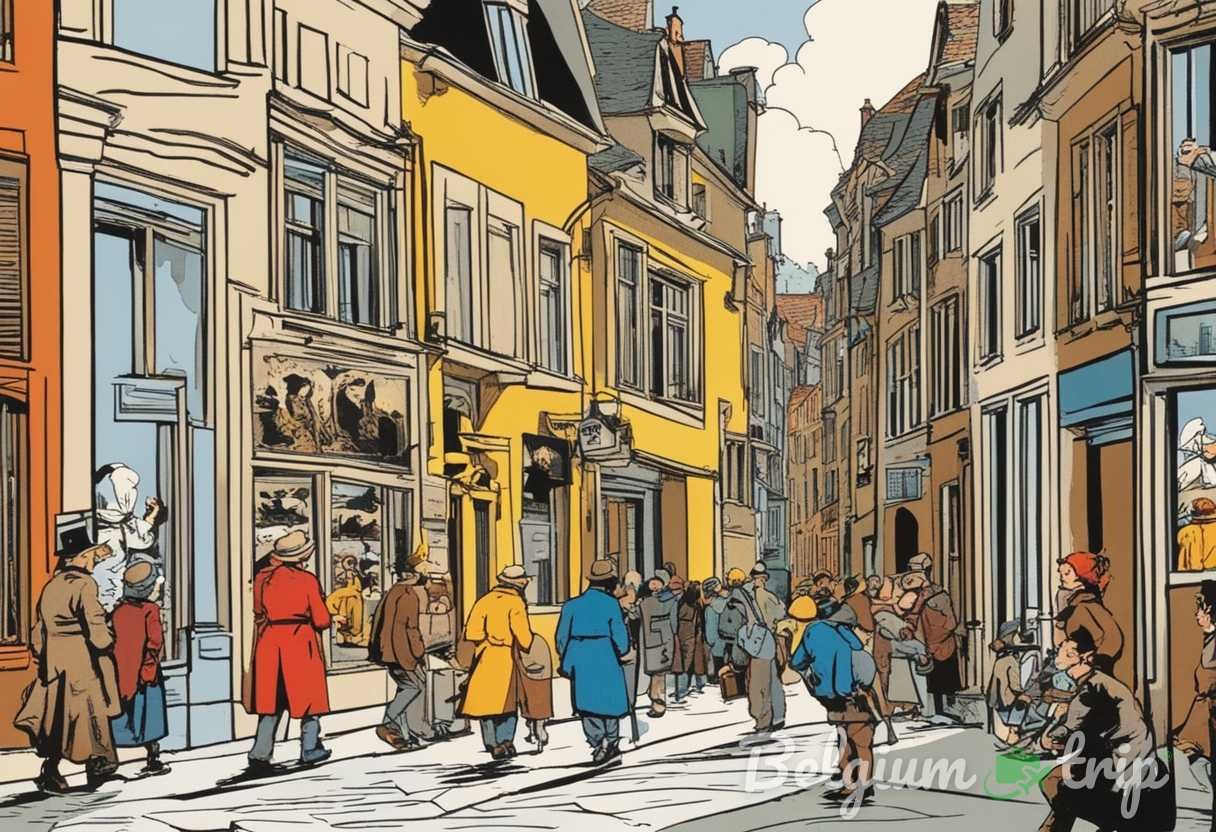
The comic book industry in Belgium is more than Hergé. It is a flourishing space where artists and writers continue to innovate and push the boundaries of storytelling. This resourceful community shapes narratives that reflect societal changes and challenges, presenting yet another layer of Belgium’s unseen artistic story.
Exploring Hidden Art Spaces: A Cultural Pilgrimage
Beyond the well-trodden paths of Belgium’s vibrant cities lies a world of hidden art spaces that offer intimate glimpses into the country’s rich artistic tapestry. From clandestine galleries to lesser-known museums, these spaces allow visitors to witness the depth and diversity of Belgium’s artistic legacy firsthand.
For those interested in exploring further, the pilgrimage to these hidden art enclaves incorporates a journey of discovery, where architecture, art, and history converge to reveal narratives otherwise lost to time. Key destinations include Bruges’ Off the beaten track art spaces, where exhibitions often provide platforms for contemporary artists to engage in dialogue with cultural artifacts of the past.
Conclusion: Embracing the Unseen Narratives
Weaving through the threads of Unseen Narratives: The Hidden Stories Behind Belgium’s Untold Artistic Treasures, one finds both a tangible and intangible artistic heritage. This rich mosaic reflects the diverse cultural and historical influences that continue to mold Belgium’s artistic landscape.
Acknowledging and exploring these narratives not only enhances our appreciation for Belgian art but also enriches our understanding of the complex cultural interactions that inspire artistic creation. Belgium’s artistic treasures, both visible and invisible, remind us of the untold stories waiting to be discovered, inviting each of us to embark on our journeys of exploration and appreciation.
For more on the broader perspective of Belgium’s artistic culture, read the comprehensive article here.




